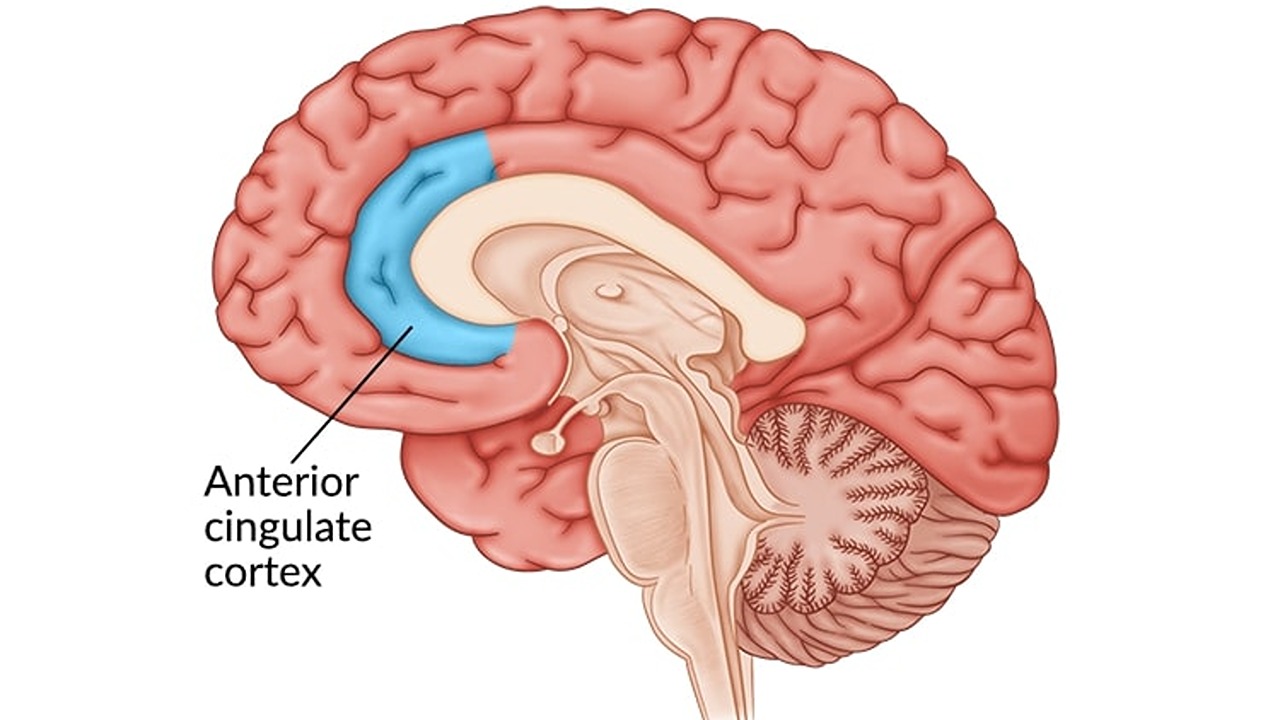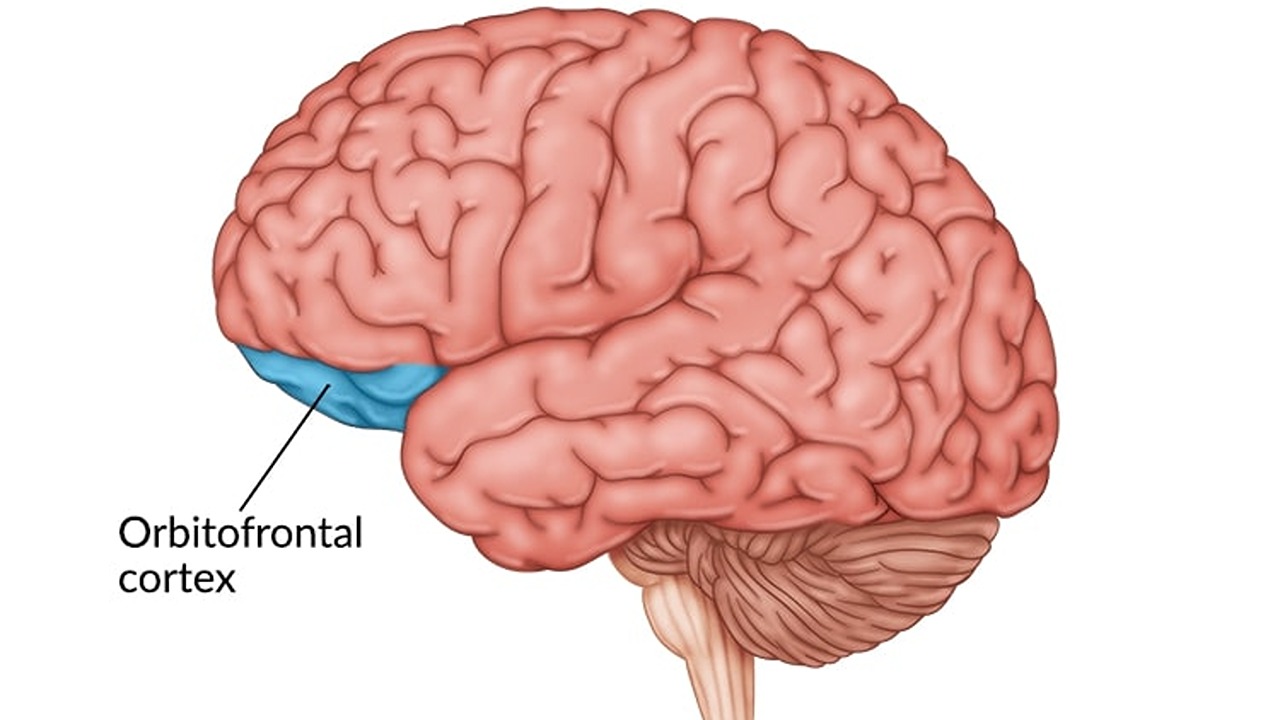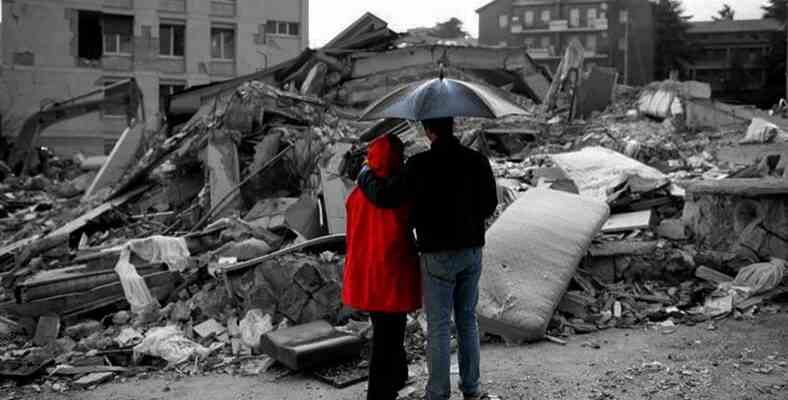Earthquakes are a natural disaster that leaves deep damage to people’s psychology as well as the structural destruction it creates in our country and in the world. Not only earthquake survivors; The people who witnessed this situation, the relatives of the earthquake victims, the aid teams in the region and every member of the society who witnessed all these events from afar are exposed to these negative psychological effects.
Aid provided during and after an earthquake mainly depends on physical rescue. affecting a person’s psyche This grave event is often undetected and triggers long-term traumas.
The reactions of people after the earthquake are completely independent of each other. These reactions vary due to the severity of the event, different personality traits of individuals, past experiences and traumas. Of course, the reactions will be very different in Japan, which is frequently exposed to high-intensity earthquakes in safe buildings but not damaged, and in a country that was caught unprepared for the earthquake and resulted in thousands of deaths.
As a result of natural disasters, intense emotional destruction occurs in the person. This destruction triggers anxiety, fear and panic attacks.
Situations such as the earthquake experienced in an earthquake, being under a collapse or having relatives, loss of relatives, coming face to face with death, and the sudden disappearance of people’s living spaces cause individuals to go through a traumatic process. Against these events, the most common traumatic situation is stress and anxiety disorder.
Emotionally in people after the earthquake While encountering situations such as fear, anger, grief, guilt Physiological inability to sleep, unable to fall asleep, easy startle, tantrums, crying fits and sudden awakening from sleep may occur. Although these conditions usually disappear on their own after a few weeks, in some people they can last for months or even years.
The adaptation of people to the situation is completely dependent on their individual characteristics and mental states.

Although it may take a few weeks for some to get used to this situation, it is a process that takes months, maybe years for others. In this situation too post traumatic stress disorder (PTSD) is named. Studies show that post-traumatic stress disorder is 2-3 times more common in women than men. People who have experienced another trauma in the past are also more likely to be caught than normal people.
RELATED NEWS
Investigating Why Post Traumatic Stress Disorder Is More Common in Women
It is known that the situations that make up the trauma are the constant revival of the event in dreams and in the mind, great sadness and hopelessness towards life, avoidance of stimuli that trigger the trauma, restlessness and nervousness. For the diagnosis, these conditions must have been going on for more than four weeks.
In addition to these, criteria that will deeply affect social life are also sought. According to a study conducted at Tohoku University in Japan, they re-imaged 42 people who had brain imaging data before the earthquake for PTSD after the earthquake. By comparing both data before and after the earthquake They tried to observe the damage to the brain.
The result is surprising. Pre-earthquake data of people with high levels of PTSD after the earthquake of the anterior cingulate cortex They found that it was smaller than normal. This is a region that is responsible for controlling emotions. In the light of these findings, it was concluded that some brains may have a suitable basis for PTSD.

where the brain retains memories of fear orbitofrontal cortex region was found to shrink after trauma.

How can we protect ourselves from earthquake trauma?
It is out of question to talk about a standard method, since the traumas experienced by people have different results depending on their personality traits and the situation of the event. For this, first of all, if the person experiencing the trauma does not want to talk about this issue, they should not be forced to talk in any way. What a person lives from rhetoric to belittle, to gloss over should be avoided.
- Avoiding or trying to forget does not lessen the impact of the trauma. People who talk about the event and share their feelings recover more easily than people who pretend the event never happened and try to forget it. The support received from the social environment has an effect that accelerates the healing process of the person.
- After a major trauma lack of attention It is important to avoid work that requires attention for a certain period of time.
- Studies show that in the first few days after trauma, the affected people have nightmares, cannot sleep and are badly affected mentally, while these symptoms decrease within weeks. However, it is also said that it takes much longer for the symptoms to go away in one out of every 5 people. Well, “Time heals everything” The word doesn’t apply to everyone.
- incidental photo, video and any image It can trigger emotional damage in the person again. At this point it should be as precise as possible; Following images, news and videos should be avoided.

- The person’s nervous system for post-traumatic agitation The consumption of tea, coffee and cigarettes, which will further increase this situation, should be minimized.
- According to experts, even if it is not returned to routine life doing daily activities slowly will make you feel good. Helping people in need will bring a sense of relief and gratitude to the person with the psychological effect of being helpful; Thus, it will help to get away from negative emotions.
These treatment methods can reduce triggering for a short time while the trauma is still fresh. Despite all this, the person has been still for a long time. continues to experience intense fear and stress professional support should be considered.
“Morita Therapy” used by the Japanese as a spiritual healing method.

first half of the 20th century Head of the Department of Psychiatry at Tokyo Jikei University, Dr. Shoma Morita This treatment method was developed for the treatment of anxiety neurosis. However, over time, this method has started to be used in people who have many mental problems.
Dr. morita, trying to change feelings, He says he internalized them even more. Instead, it is very important to accept emotions and get rid of negative emotions.
The Morita method says it is behavior, not emotions, that determines character.

The important first step in therapy is recognizing and accepting emotions rather than changing them. If the circumstances leading up to the emotions cannot be changed; they must be accepted. This therapy invites the person to take responsibility by getting out of the vicious circle. It requires fulfilling responsibilities rather than focusing on negative emotions. Behaviors are the priority in the Morita method, and emotions change according to the behavior.
earthquake, people Since it is an important stress factor that threatens the safety of life and property, it creates serious psychological problems. In our country, where the painful earthquake disaster was experienced, people should be aware of the physical and psychological effects of the earthquake and benefit from the opportunity of expert support when necessary; It is at least as important as the construction of buildings in terms of human psychology.
RELATED NEWS
